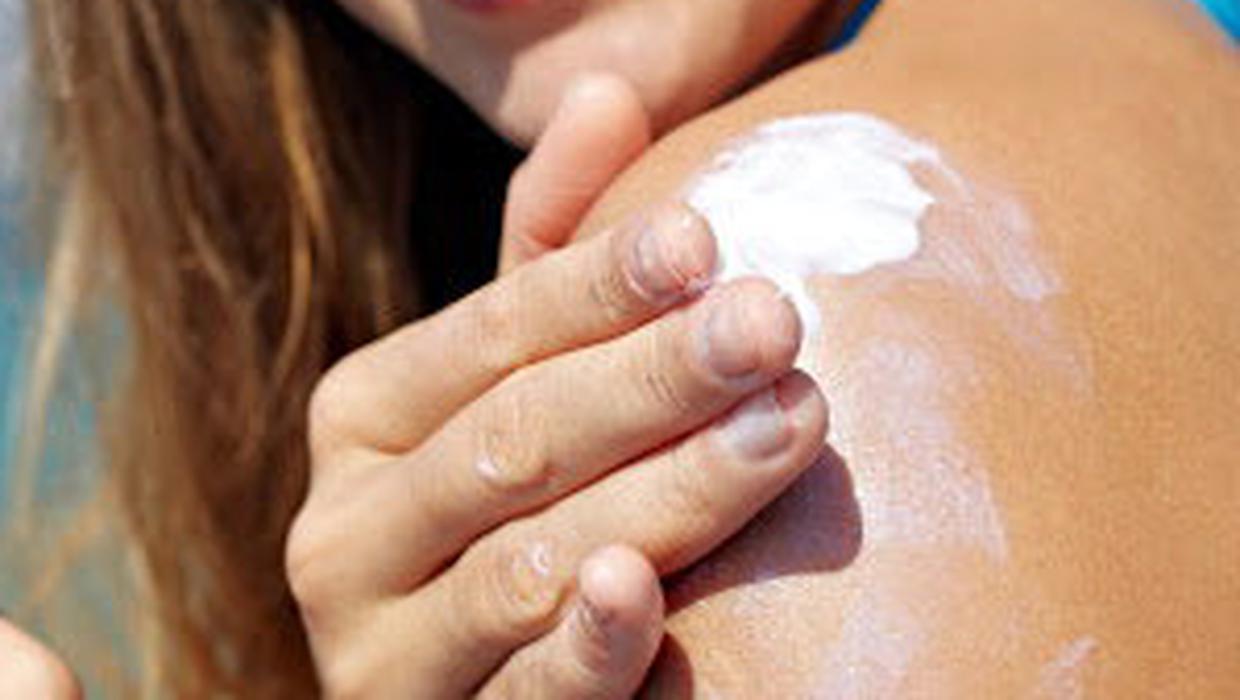
Some of the world’s most popular sunscreens risk causing cancer if left on the shelf too long because a commonly used sun protection factor breaks down into a harmful ingredient, US and French researchers claim.
f left for a year at room temperature, one of the key ingredients in sunscreens breaks down into benzophenone, a “mutagen, carcinogen, and endocrine disruptor”, the study in the Chemical Research in Toxicology review said.
Scientists at CNRS, the Sorbonne and the Oceanological Observatory in Banyuls-sur-Mer in France and the Haereticus Environmental Laboratory in the US, made the discovery after experiments on nine commercial sunscreen products from the EU and eight from the US.
All but one contain octocrylene, which is present in most sunscreens but also anti-ageing creams, shampoo, tanning oils and conditioners.
While the active ingredient is approved for use in sun protection factor in the US and EU, it is controversial as it poses a risk to marine life and in particular coral reefs, making them more susceptible to bleaching.
However, the study focuses not on octocrylene itself but on whether it breaks down over time to produce benzophenone, considered potentially more harmful to humans and banned in food products and food packaging in the US.
Under California Proposition 65, benzophenone is also banned from personal care products, including sunscreens, anti-ageing creams, and moisturisers. While not outlawed in the EU, the bloc’s Scientific Committee on Consumer Safety last month recommended placing new limits on the use of benzophenone, as well as octocrylene, in cosmetic products compared with current requirements under the European Cosmetics Product Regulation.
In the study, the researchers picked the popular creams at random “directly from stores” after asking for the most popular brands, and artificially aged the products over a six-week “incubation period” to create the same conditions as if they had remained in someone’s home for a year.
Only one product contained no octocrylene – Nivea Sun PF 50+. At the end of the ageing process it was found to contain no benzophenone.
However, all the others, which did contain octocrylene, were found to have far higher amounts of benzophenoneat the end of the process.
Only Nivea Sun SPF 50+ contained no octocrylene or benzophenone.
In France, L’Oreal Age Perfect FPS 20 had the highest concentration of benzophenone both after purchase (64.6 mg/kg) and after ageing (193.4 mg/kg).
In the US, Coppertone Sport Clear SPF30 had the highest concentration both at the start (185.45 mg/kg) and the finish (434.85 mg/kg).
Telegraph Media Group Limited [2021]
